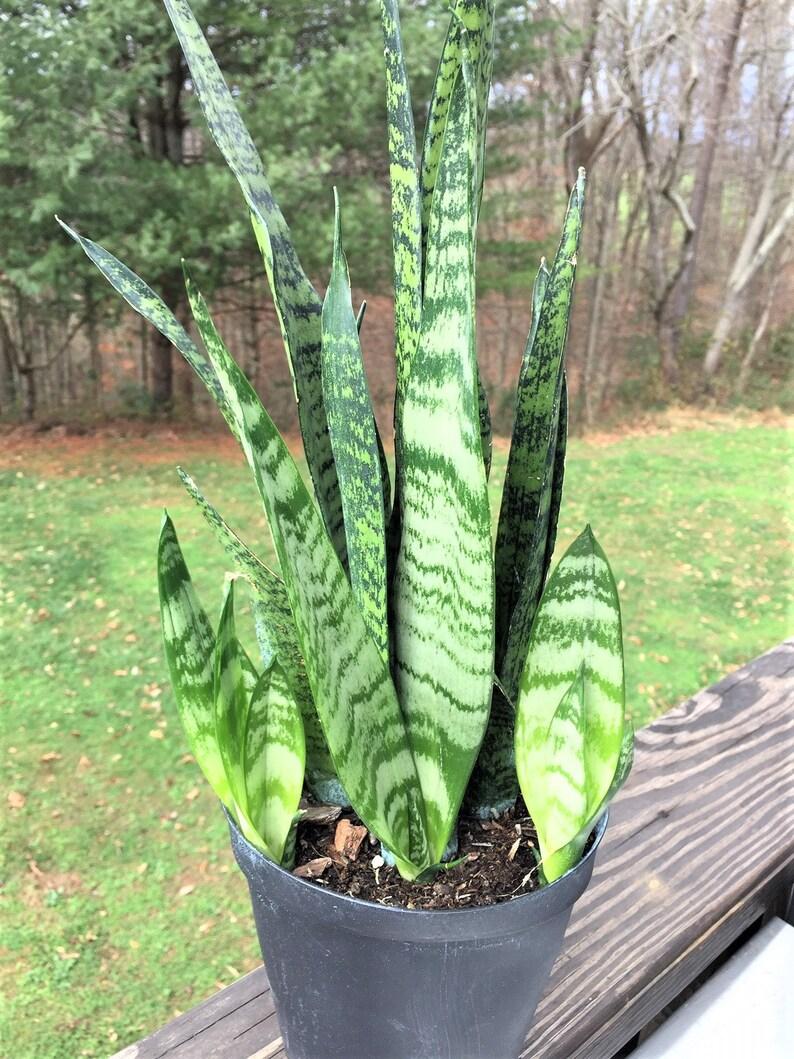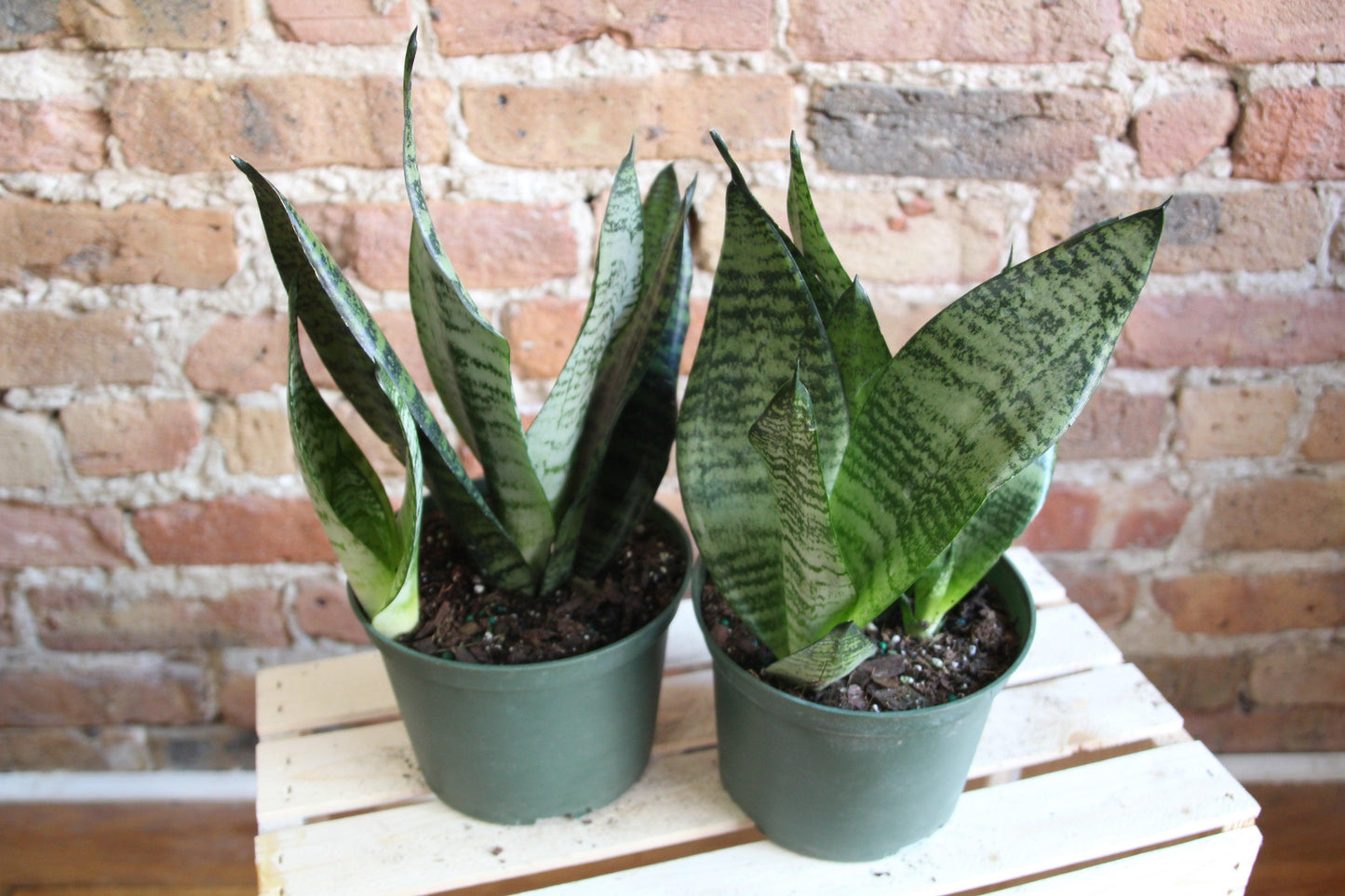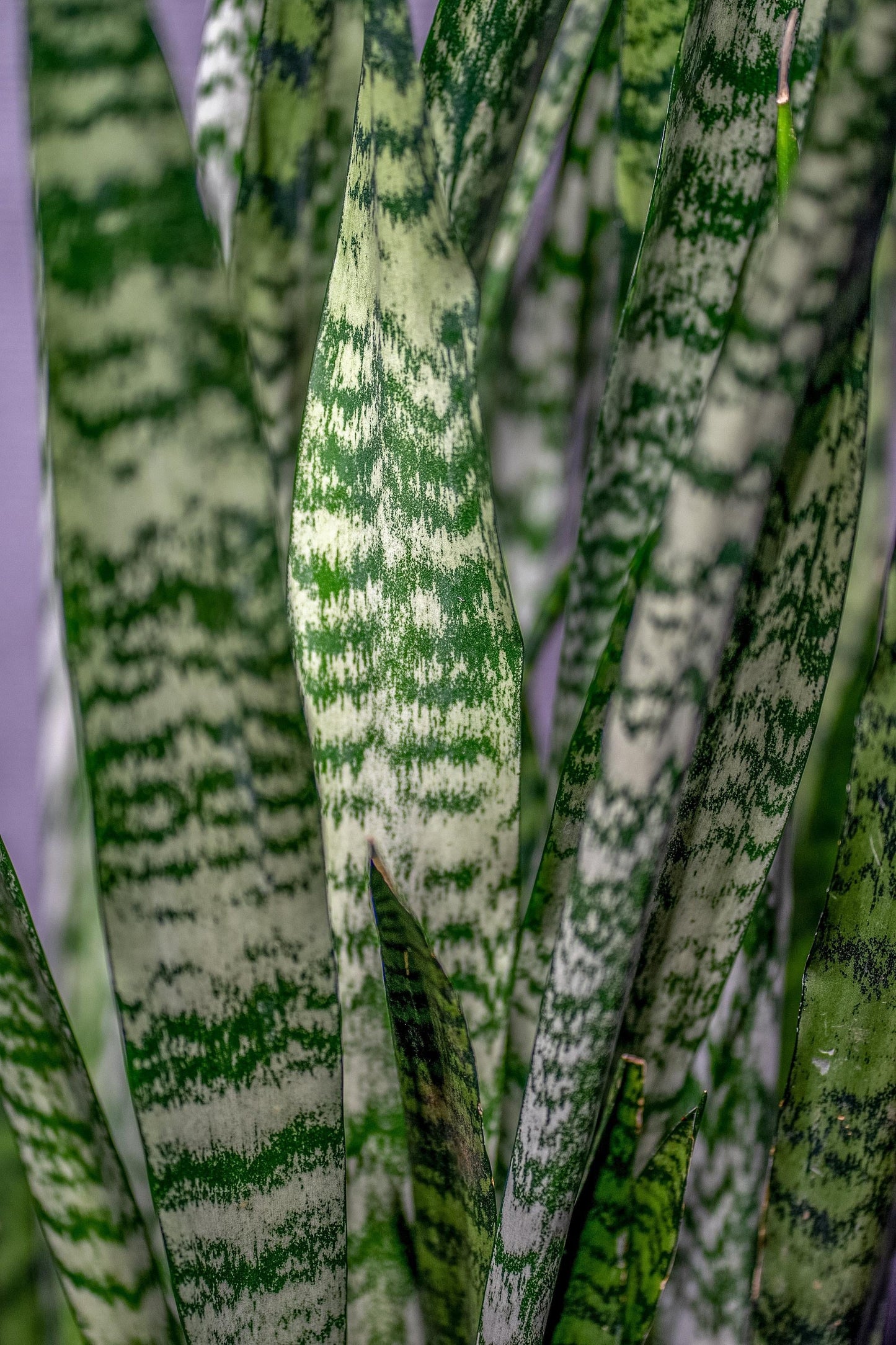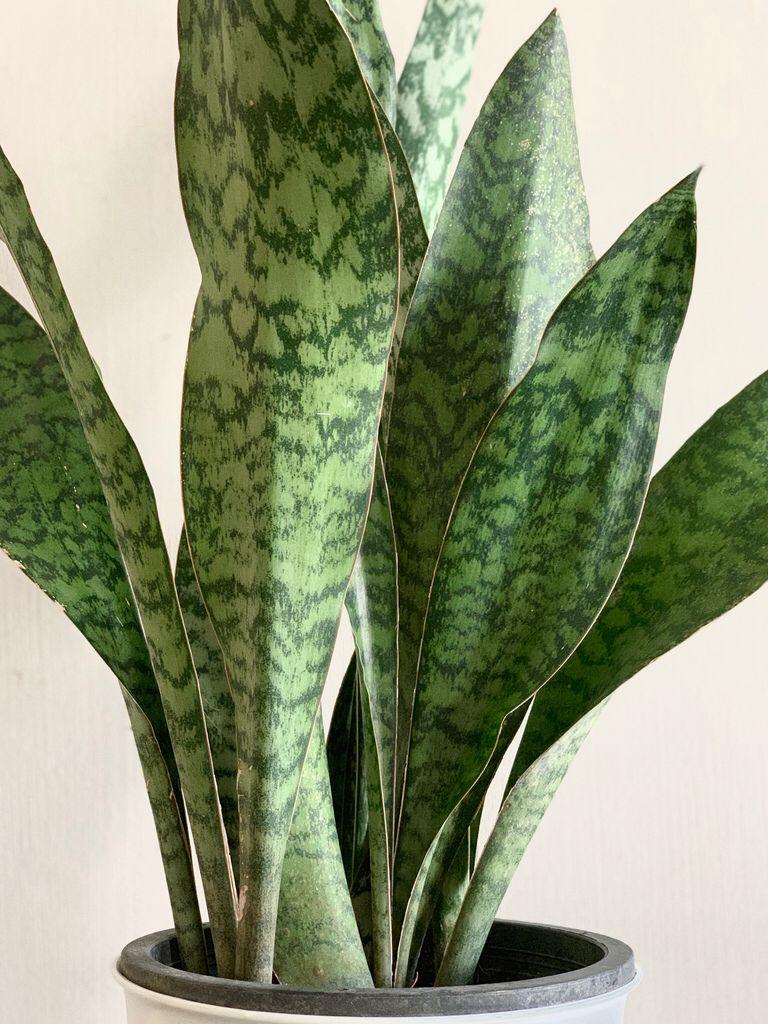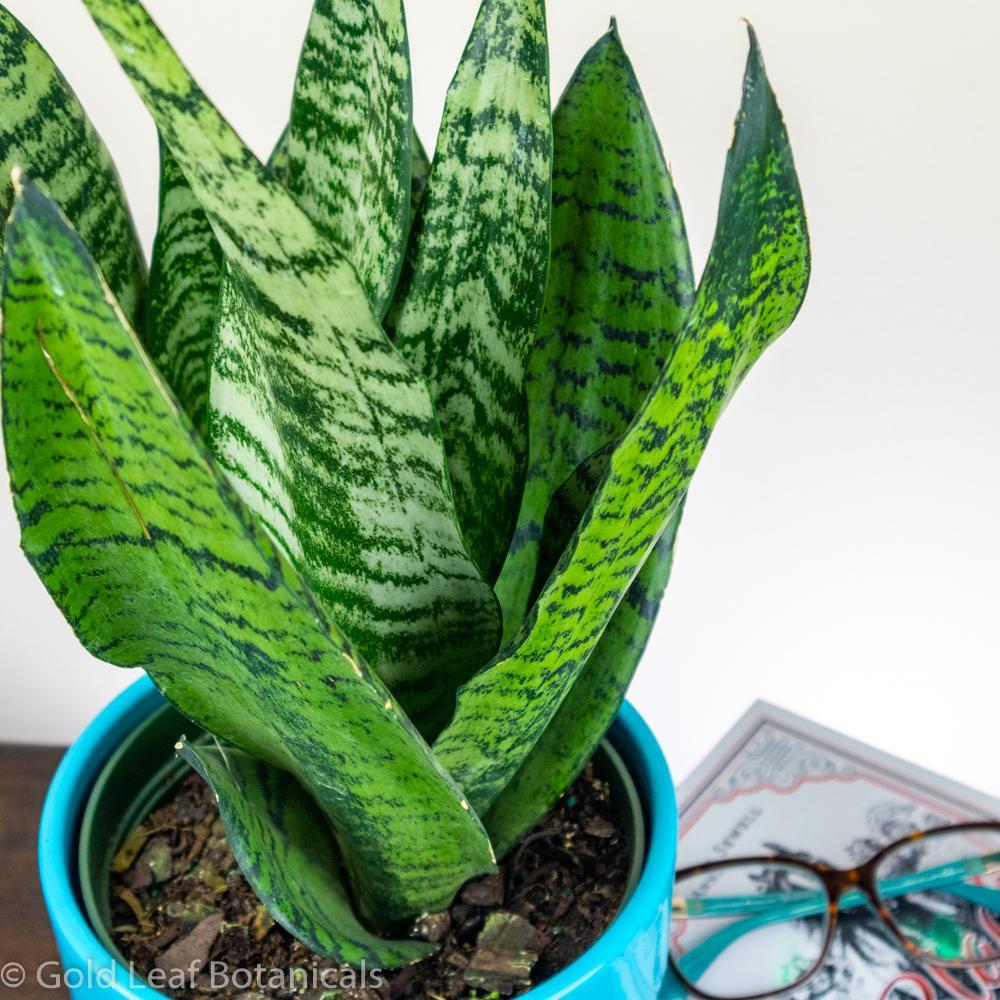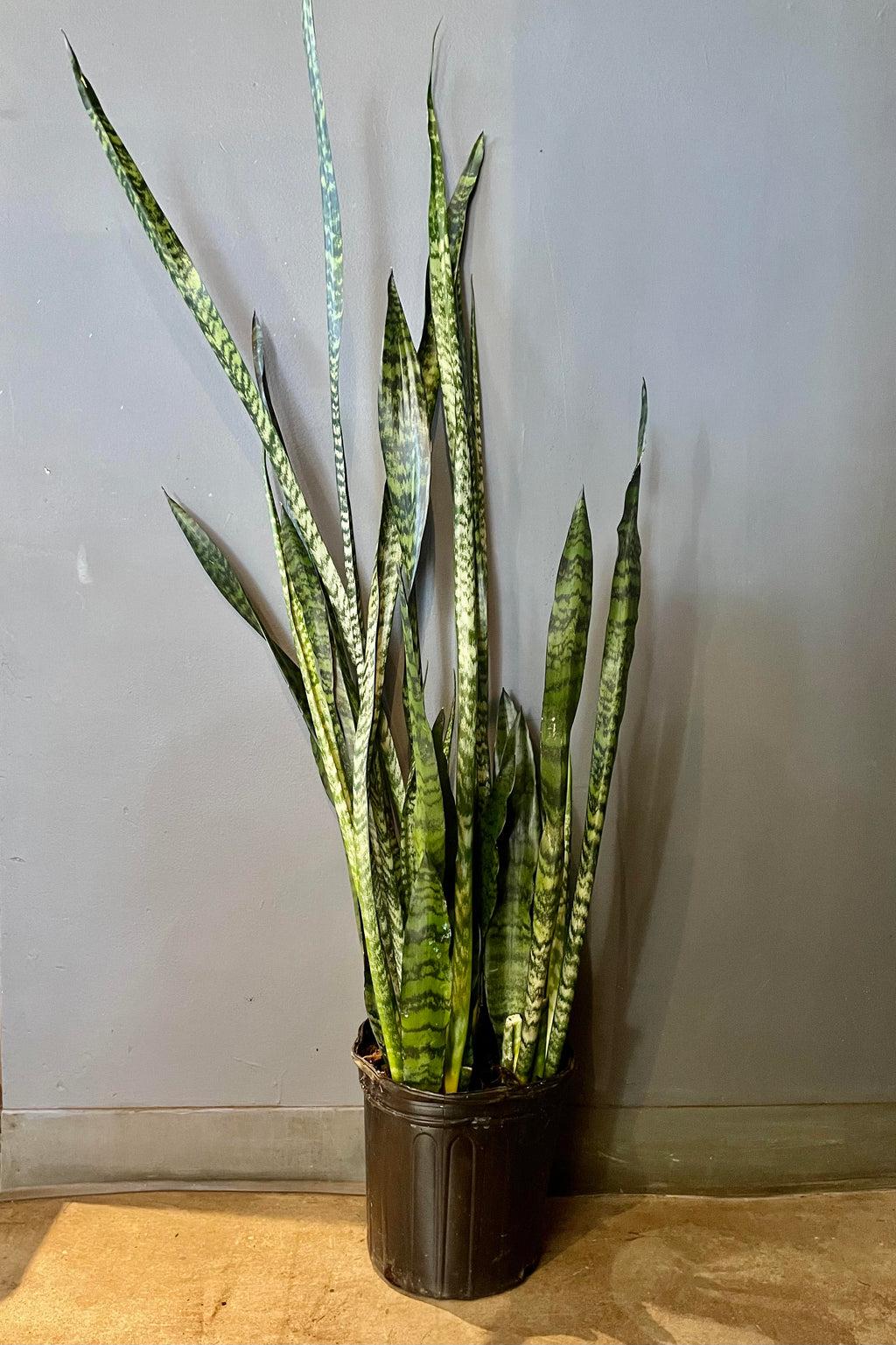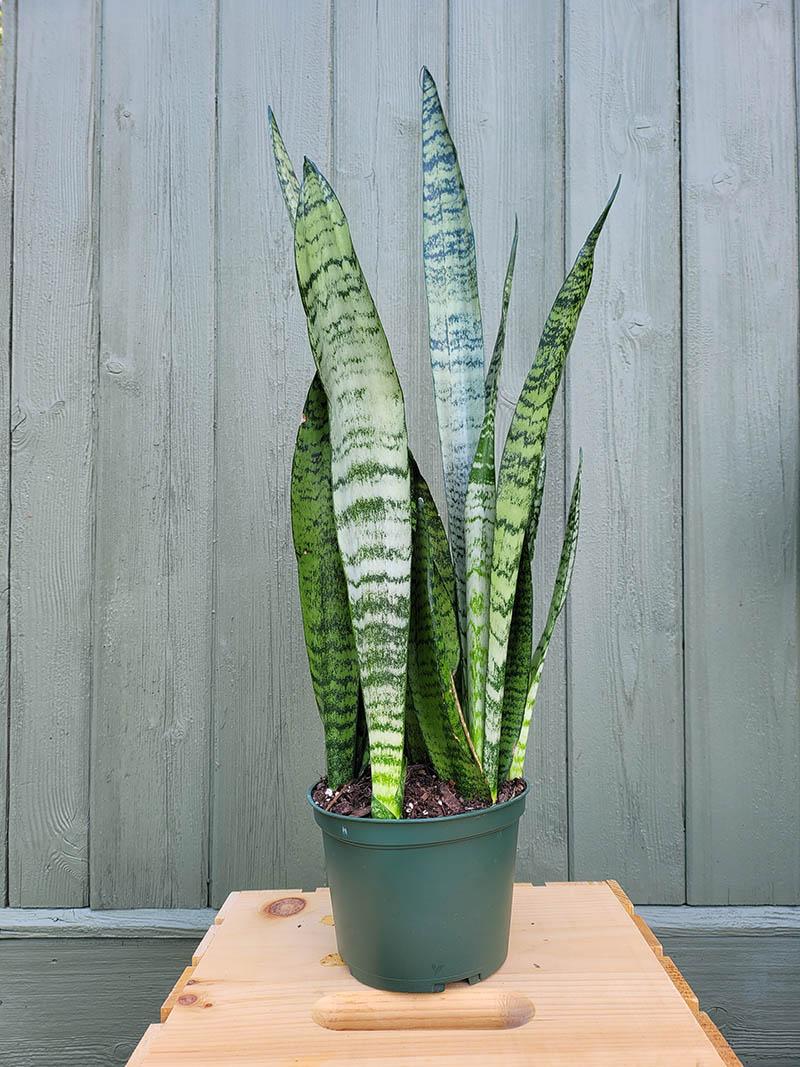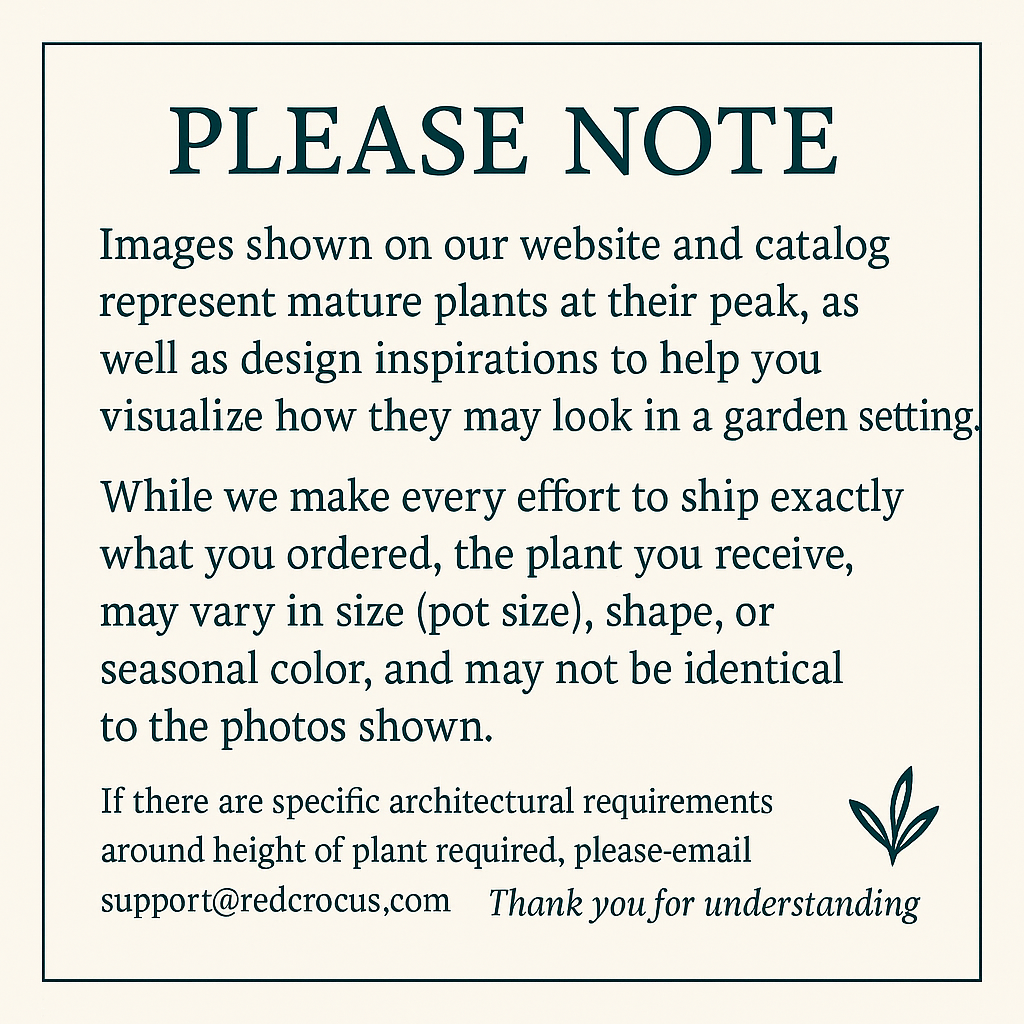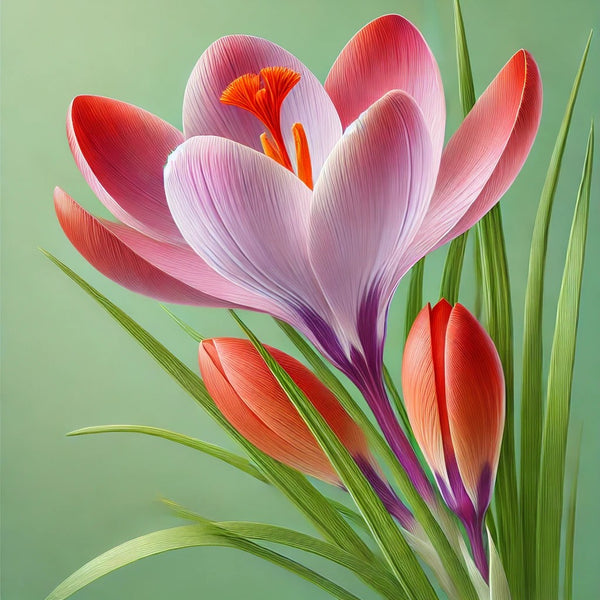1
/
of
21
Wintergreen Snake Plant–Sansevieria 'Wintergreen'–Hardy indoor air purifier 10" Pot
Wintergreen Snake Plant–Sansevieria 'Wintergreen'–Hardy indoor air purifier 10" Pot
Regular price
$87.60 USD
Regular price
$113.88 USD
Sale price
$87.60 USD
Unit price
/
per
Shipping calculated at checkout.
SKU:trfl2113-redcrocus
Couldn't load pickup availability
Sansevieria 'Wintergreen'
Description
Sansevieria 'Wintergreen', commonly known as Wintergreen Snake Plant or Mother-in-Law's Tongue, is a striking and hardy houseplant known for its upright, sword-like leaves. The foliage is typically green with subtle variegation, making it a popular choice for modern interiors. It's an excellent air purifier and requires minimal care, making it ideal for both novice and experienced plant enthusiasts.
Suggested Uses
Perfect for indoor decoration, office spaces, and low-light areas. It can also be used in outdoor containers during warmer months. Sansevieria 'Wintergreen' is known for its air-purifying qualities, making it a great addition to bedrooms and living areas.
Plant Details
-
 Botanical Name: Sansevieria 'Wintergreen'
Botanical Name: Sansevieria 'Wintergreen' -
 Common Name: Wintergreen Snake Plant, Mother-in-Law's Tongue
Common Name: Wintergreen Snake Plant, Mother-in-Law's Tongue -
 Size & Growth: Typically grows to 1-3 feet tall
Size & Growth: Typically grows to 1-3 feet tall -
 Hardiness Zones: 9-11
Hardiness Zones: 9-11 -
 Foliage Type: Evergreen
Foliage Type: Evergreen -
 Bloom Time: Rarely blooms indoors
Bloom Time: Rarely blooms indoors -
 Growth Rate: Slow to moderate
Growth Rate: Slow to moderate -
 Light Requirements: Low to bright indirect light
Light Requirements: Low to bright indirect light -
 Attracts Pollinators: No
Attracts Pollinators: No -
 Indoor Friendly: Yes
Indoor Friendly: Yes -
 Container Friendly: Yes
Container Friendly: Yes -
 Deer Resistant: Yes
Deer Resistant: Yes -
 Pet Warning: Toxic to pets if ingested
Pet Warning: Toxic to pets if ingested -
 Fragrant: No
Fragrant: No -
 Cut Flower: No
Cut Flower: No -
 Grows Well With: Pothos, ZZ Plant, Spider Plant
Grows Well With: Pothos, ZZ Plant, Spider Plant
Care Tips
-
 Planting Instructions: Use a well-draining pot with a cactus soil mix
Planting Instructions: Use a well-draining pot with a cactus soil mix -
 Soil Moisture: Allow soil to dry out between waterings
Soil Moisture: Allow soil to dry out between waterings -
 Soil Type: Sandy, well-draining soil
Soil Type: Sandy, well-draining soil -
 Humidity: Tolerates low humidity
Humidity: Tolerates low humidity -
 Pruning Instructions: Remove dead or damaged leaves at the base
Pruning Instructions: Remove dead or damaged leaves at the base -
 Winter Care: Reduce watering in winter
Winter Care: Reduce watering in winter -
 Planting Depth: Plant at the same depth as in the nursery pot
Planting Depth: Plant at the same depth as in the nursery pot -
 Fertilization: Fertilize sparingly, once in spring and summer
Fertilization: Fertilize sparingly, once in spring and summer -
 Special Care: Avoid overwatering to prevent root rot
Special Care: Avoid overwatering to prevent root rot
Share




